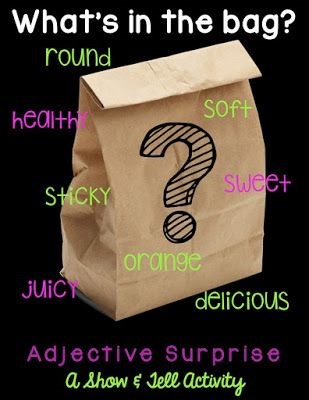Let’s say we have a truck. Truck, being a thing, is a noun. Now, let’s say it is a delivery truck. I guess most, if not all, trucks are delivery trucks. That is the function of most trucks. Let’s say this is a wooden So, now it is a wooden delivery truck. And let’s say that this truck comes from Canada. It is now a Canadian wooden delivery truck.
 The truck is red. It is a red Canadian wooden delivery truck. And let’s say it is square. Now it is a square red Canadian wooden delivery truck.
The truck is red. It is a red Canadian wooden delivery truck. And let’s say it is square. Now it is a square red Canadian wooden delivery truck.
You can tell by the fresh paint on the truck that this truck is quite new. In fact it is just a year old. It is a year-old square, red Canadian wooden delivery truck. it is a smallish year-old square red Canadian wooden delivery truck.
Because this truck is new and painted red, it’s pretty shiny. It’s a shiny smallish year-old square red Canadian wooden delivery truck!
So . . . we have a red square shiny wooden Canadian smallish delivery year-old truck, right?
Or is it a Canadian shiny wooden red delivery smallish year-old square truck?
No. Wait . . . it’s a delivery red smallish Canadian square year-old wooden shiny truck.
What’s going on here? Okay. There is one order in which to write adjectives before a noun (and you don’t have to have eight adjectives before the noun; you can have two or three or four). We don’t even think about it; we just know it sounds right that way. These just sound wrong:
- Green big ball (big green ball)
- Pepperoni large pizza (large pepperoni pizza)
- Wooden round table (round wooden table)
- Pink beautiful dress (beautiful pink dress)
Here is the “rule” we follow without even thinking. Adjectives in English must be in this order (or, as the original Tweet said, you will sound like a maniac):
opinion – size – age – shape – color – origin – material – purpose – noun
shiny – smallish – year-old – square – red – Canadian – wooden – delivery – truck
And now you know.
